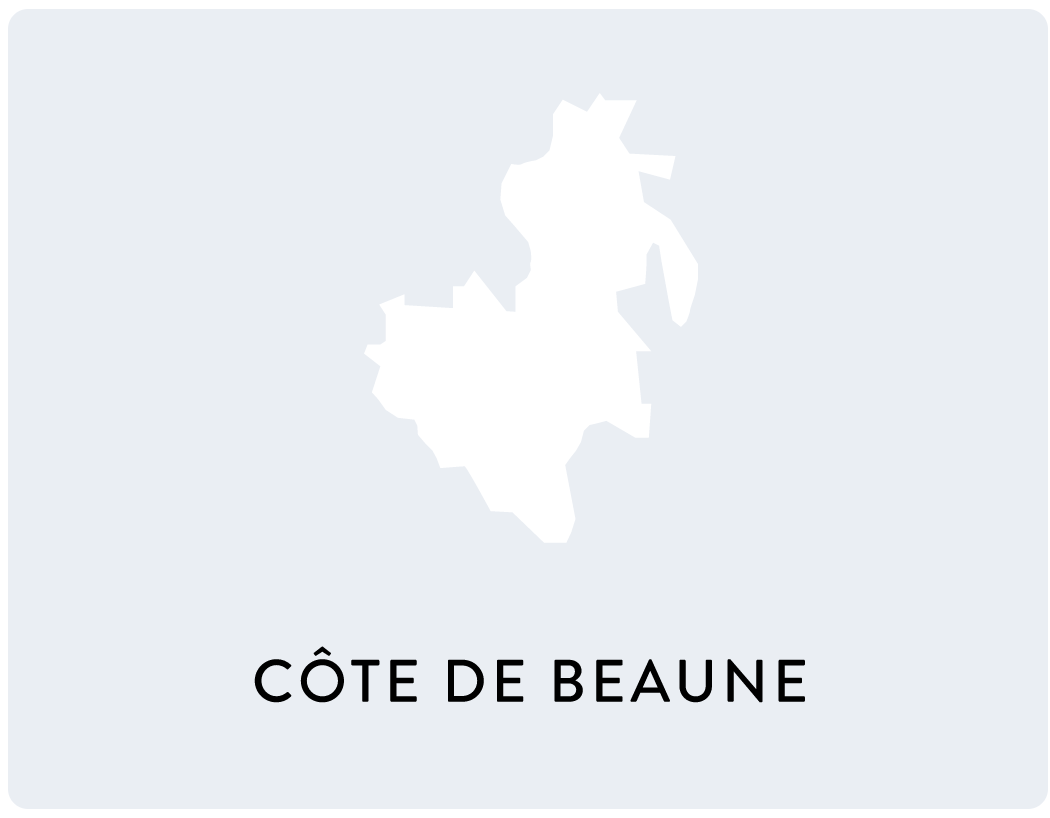RATING ⭐⭐⭐⭐⭐ - DELIVERY BY UPS
Although relatively small in surface area and volume (only 3% of wine production in France), wine-growing Burgundy offers some of the most famous wines in the world and above all a very great diversity.
Burgundy has more than 70 different appellations grouped together in 6 geographic regions.





At the crossroads, mainly continental climate but influenced by the ocean towards Auxerre and the Mediterranean in the South
The wine regions are structured according to their own geological lines ... but some vines have a unique geology !
The know-how of Burgundy winegrowers has been passed down from generation to generation for many centuries
Balance between Whites and Reds
The kingdom of Chardonnay
Sparkling Burgundy
Mineral whites ... among others
Great reds of Burgundy
In the heart of wine-growing Burgundy
Small in size, the Burgundy vineyard is extremely fragmented thanks to a very diverse geology.
This is the reason why the wines of Burgundy are very varied and the number of different appellations is very important: nearly 100, all in AOC, out of the 450 in France.
The logic of differentiation is made first by the appellations, which are hierarchized in 4 levels, and which delimit the areas of vines, the terroirs or "climates" in Burgundy.
6 regions are listed, defined according to their geography and very often follow geological logics.
This is typically the case for the Côte de Nuits, Côte de Beaune, Côte Chalonnaise and Mâconnais : these 4 regions touch and follow each other but will not give the same wines, because the geological strains are different.
Regarding the Auxerre region and in particular the Chablis, the division is made naturally if it is an independent zone from the rest of wine-growing Burgundy, but the designation zones follow the same logic. By way of example, we can think of the fabulous geology of Chablis, known under the name of Kimmeridgien.
The last region is located in the North East of Burgundy, on the edge of Champagne, it is the Chatillonnais which is naturally a favorite area for sparkling wines and of course the famous Crémants de Bourgogne.
